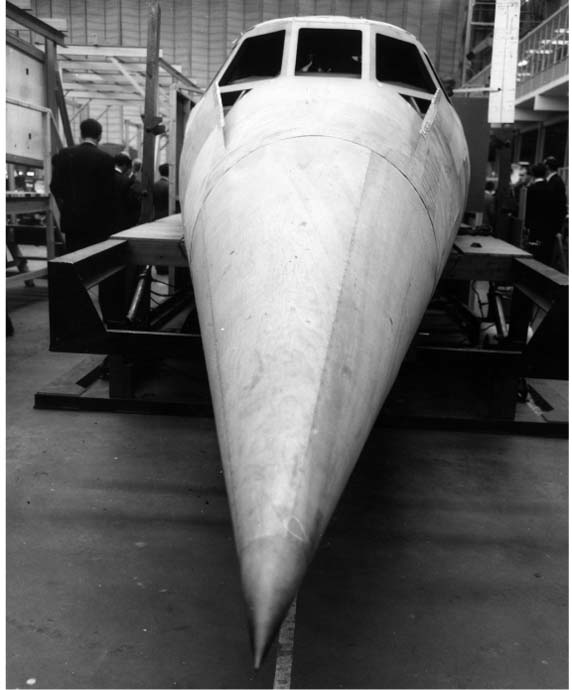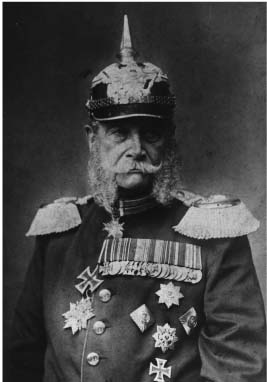Lyttelton's Britain (10 page)
Read Lyttelton's Britain Online
Authors: Iain Pattinson


B
RISTOL
is a fine city boasting a rich history and culture. The town originally grew as a port, and it was from Bristol in 1497 that John Cabot set off to find a new route to the Spice Islands by sailing north west. He instead discovered a strange, hostile world which he named ‘Newfoundland’, until the natives explained that they actually called it ‘Swansea’.
Later, Cabot set sail for Canada and began trading with the natives. The North American Indians gave his men fine jewellery of opals mounted in gold and silver, buffalo furs to make warm clothing, and quality tobacco leaf to be traded in Europe’s markets, while in return, Cabot and his men gave them smallpox.
Subsequent trading links were established with the Nordic countries: from Denmark came cured bacon, Norway provided salted herring, while Iceland supplied frozen peas and three-for-two packets of chicken nuggets.
With the Atlantic trade came grey squirrels, which have driven out the native red variety and overrun the whole of England except the Isle of Wight. Arriving in Bristol from America, the grey squirrel has the Latin name ‘Sciurus Carolensis’. As it will be unfamiliar to the population of the Isle of Wight, it should be explained that America is a big country
over the water. No doubt I’ll be getting letters from islanders about that comment – just as soon as their postman has rowed to the mainland.
Bristol’s prosperity was further assured by the spoils of the slave trade. This murky history is commemorated in the Bristol and Transatlantic Slavery Gallery, where visitors can experience what it was like to be herded into an overcrowded, stinking hulk to be terrorized by the crew. Alternatively, they can book a Ryanair flight.
In its heyday, Bristol’s dock area was known for its many taverns, and it was in one of these that Daniel Defoe met Alexander Selkirk. Over many hours, during a long evening of ales and porters, Selkirk regaled Defoe with his endless stories. It was this meeting that inspired Defoe to write his most famous novel:
How I Had My Arse Bored Off By a Drunken Scotsman in Bristol
.
Defoe later went on to write
Robinson Crusoe
, based on Selkirk’s story of being stranded on a desert island with the company of just one other human, whom he named ‘Kirsty Young’. That wasn’t the native’s real name of course, but Selkirk could hardly write in his diary that a big bloke called ‘Friday’ was his right hand for thirty years. The story comes to a thrilling and completely unpredictable climax, when a large wave threatens to wash away Crusoe’s record collection and he has to decide which one to save, even though there are only eight of them and he could just as easily pick them all up.
Bristol is rightly proud of its association with Isambard Kingdom Brunel, who is celebrated for creating SS Great Britain, the UK branch of the German ex-servicemen’s club. Brunel also designed the Clifton Suspension Bridge.
Completed in 1864, locals were amazed to see construction workers hanging over the side in baskets, high above the gorge, and it was later decided they’d look better planted with geraniums.
The project ran out of money and had to be completed using second-hand chains. It’s not known where they came from, but it is recorded that as one was being pulled through the south tower, the River Avon flushed out to sea.
In Brunel’s time, clocks in Bristol and the West Country were between ten and twenty minutes behind London, but with the coming of the railway, these had to be regularised. Some towns refused to comply, however, and to this day when it’s 12 noon in London, in Weston-Super-Mare it’s still 1963.
The city of Bristol is rightly proud of its architectural heritage. Nestling on College Green is found Bristol Cathedral, which is Britain’s finest example of a ‘Hall Church’, and is noted for its stained glass, although it’s nothing a quick rub over with Windolene won’t fix.
The original building was founded in 1140 by Robert Fitzharding, ancestor to the Earls of Berkeley. It was this family that later formed the famous Berkeley Hunt, whose activities have recently been curtailed by legislation banning rhyming slang.
Bristol’s modern history is very much associated with aviation. In 1910, Britain’s first commercial aircraft factory was established at nearby Filton, to manufacture the Bristol Boxkite. Despite the Boxkite’s limited range, commercial flights soon began, with routes going as far as the string would stretch. However, services were eventually cancelled when passengers became tired of having to climb out of a tall tree after every landing.
Filton had particular associations with the Concorde project. With a transatlantic flight time of a little over three hours, it was the proud boast of British Airways that Concorde passengers could have their breakfast in London, their lunch in New York and their luggage in Uzbekistan.

The Barry Manilow Memorial, Filton
In the 1950s, the factory turned to making luxury cars such as the Bristol Bulldog and the Bristol 401, which still have an enthusiastic following today. Every summer, the Owners’ Club meets to display their classic vehicles. And while they chat and swap stories, members’ wives proudly clean and polish their Bristols, which are then displayed and judged by the Mayor.
Well-known names associated with Bristol include the infamous Judge Jeffreys, who presided over the Bloody Assizes. Jeffreys drank heavily to dull a painful condition, and took little notice of defence pleas. During one notorious session, 233 persons were hanged, drawn, quartered and gibbeted in the market place, before Mrs Jeffreys pointed out that he’d inadvertently executed all the guests at his birthday party.
The sculptor, Edward Hodges Bailey was born in Bristol in 1788. He is best known for his 16-foot figure of Lord Nelson, a project which, after two years of stone carving, was nearly a disaster, when Bailey slipped and knocked the right arm off. He was just about to start all over again, when, by a wonderful stroke of luck, news came that Nelson had had the same limb ripped off by a cannon ball.
It was the local Liberal MP Samuel Plimsoll who introduced the Merchant Shipping Act of 1876, which required every vessel to be painted with a Plimsoll Line to regulate the safe loading of gym shoes.
These days, several famous names make Bristol their home, including the television actor Tony Robinson, who is best known as the scruffy idiot sidekick in
Time Team
.
Another resident is Paul McGann, from the famous actor family which includes his brothers: Joe, Mark and Renault.

B
ATH
is a fascinating town with a fine history. The city was originally called Aquae Sulis because of its spa, and visitors can still see the partial remains of a system of hot and cold water pipes begun by Roman plumbing engineers in 54
AD
. They returned to their depot in Verulamium in 53
AD
to fetch parts and, despite a promise to return the following Thursday, haven’t been seen since. However, they did leave the town with a unique legacy and a call-out fee of seventy quid pro quo.
Amongst other attractions is the nearby Royal Pump Room, housing a fine display of royal pumps. Next to that is the Regency Trainer House, just along from the Queen Anne flip-flop archive.
Apart from the natural hot springs, intrepid tourists who seek something different might do worse than head for the Norwegian quarter of the town, with its many ethnic bistros serving traditional Scandinavian cuisine. After enjoying a dinner of wild elk and smorgasbord, washed down with pewter goblets of whale blubber mead, they may care to wander by the river and help celebrate the Festival of the Burning Longship, when fierce bearded locals don horned helmets and wave mighty battle swords as they chant in praise of their Lord of Valhalla. Anyone who visits Bath and misses this colourful and dramatic event, will kick themselves when they realise they should have gone to Reykjavik.

T
HE DELIGHTFUL
Dorset town of Bournemouth was developed into the resort we know today in the 1890s, when fine drives and avenues were laid out to be opened by Queen Victoria and visiting guest Kaiser Wilhelm, in full military garb. At the ceremony, everyone gasped in amazement, except Kaiser Wilhelm, who gasped because he’d inadvertently sat on his hat.
The town’s origins can be traced to one Lewis Tregonwell, who built the first house in Bournemouth in 1810 as a retirement home. He planted the famous pine trees of the area for their scent, which was believed to cure various diseases. The habit of tree sniffing has lately fallen out of fashion, with the advent of pine fresh toilet duck. Tregonwell lived to be 107, when the town went into mourning at the loss of their founding father at such a tender age.

When Kaiser Wilhelm came to Bournemouth, his visit was sponsored by Schmidt’s Automated Anti-Dandruff Shoulder Brushes
In the early years of Bournemouth, shops were banned and tradesmen had to call from Poole or Christchurch. It was only thanks to the townsfolk’s exceptionally acute sense of hearing that anyone ever heard them at all.
It wasn’t until 1941 that Bournemouth came to the world’s attention, when the course of World War II was changed for good, after the Japanese made the mistake of bombing Poole Harbour.